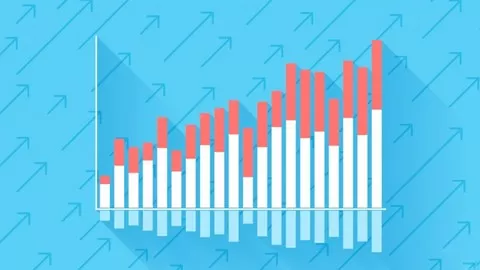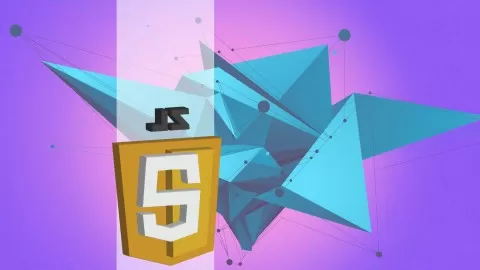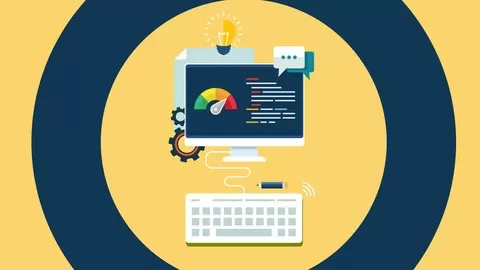This course is about data structures, algorithms and graphs. We are going to implement the problems in Python programming language. I highly recommend typing out these data structures and algorithms several times on your own in order to get a good grasp of it.
So what are you going to learn in this course?
Section 1:
•setting up the environment
•differences between data structures and abstract data types
Section 2 – Arrays:
•what is an array data structure
•arrays related interview questions
Section 3 – Linked Lists:
•linked list data structure and its implementation
•doubly linked lists
•linked lists related interview questions
Section 4 – Stacks and Queues:
•stacks and queues
•stack memory and heap memory
•how the stack memory works exactly?
•stacks and queues related interview questions
•
Section 5 – Binary Search Trees:
•what are binary search trees
•practical applications of binary search trees
•problems with binary trees
Section 6 – Balanced Binary Trees (AVL Trees and Red-Black Trees):
•why to use balanced binary search trees
•AVL trees
•red-black trees
Section 7 – Priority Queues and Heaps:
•what are priority queues
•what are heaps
•heapsort algorithm overview
Section 8 – Hashing and Dictionaries:
•associative arrays and dictionaries
•how to achieve O(1) constant running time with hashing
Section 9 – Graph Traversal:
•basic graph algorithms
•breadth-first
•depth-first search
•stack memory visualization for DFS
Section 10 – Shortest Path problems (Dijkstra’s and Bellman-Ford Algorithms):
•shortest path algorithms
•Dijkstra’s algorithm
•Bellman-Ford algorithm
•how to detect arbitrage opportunities on the FOREX?
Section 11 – Spanning Trees (Kruskal’s and Prim’s Approaches):
•what are spanning trees
•what is the union-find data structure and how to use it
•Kruskal’s algorithm theory and implementation as well
•Prim’s algorithm
Section 12 – Substring Search Algorithms
•what are substring search algorithms and why are they important in real world softwares
•brute-force substring search algorithm
•hashing and Rabin-Karp method
•Knuth-Morris-Pratt substring search algorithm
•Z substring search algorithm (Z algorithm)
•implementations in Python
Section 13 – Hamiltonian Cycles (Travelling Salesman Problem)
•Hamiltonian cycles in graphs
•what is the travelling salesman problem?
•how to use backtracking to solve the problem
•meta-heuristic approaches to boost algorithms
Section 14 – Sorting Algorithms
•sorting algorithms
•bubble sort, selection sort and insertion sort
•quicksort and merge sort
•non-comparison based sorting algorithms
•counting sort and radix sort
In the first part of the course we are going to learn about basic data structures such as linked lists, stacks, queues, binary search trees, heaps and some advanced ones such as AVL trees and red-black trees.. The second part will be about graph algorithms such as spanning trees, shortest path algorithms and graph traversing. We will try to optimize each data structure as much as possible.
In each chapter I am going to talk about the theoretical background of each algorithm or data structure, then we are going to write the code step by step in Python.
Most of the advanced algorithms relies heavily on these topics so it is definitely worth understanding the basics. These principles can be used in several fields: in investment banking, artificial intelligence or electronic trading algorithms on the stock market. Research institutes use Python as a programming language in the main: there are a lot of library available for the public from machine learning to complex networks.
Thanks for joining the course, let’s get started!











